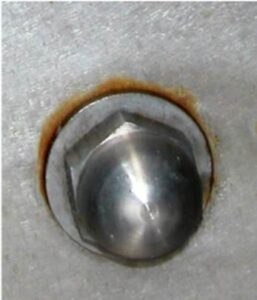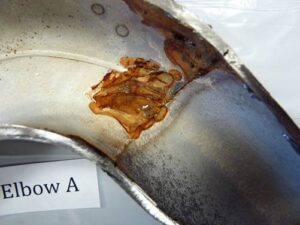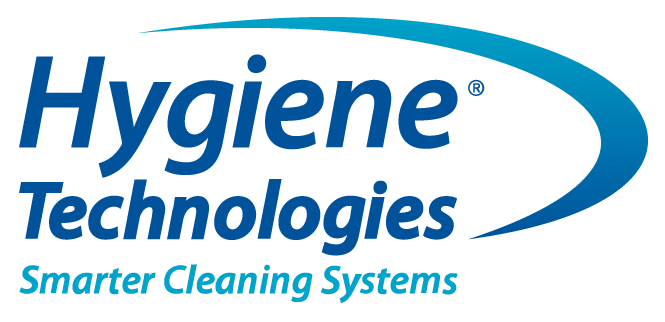Hello Guest,
Stainless steel is the material of choice for food processing equipment and rightly so – why then does it corrode or stain?
This is a good question and a common one we are asked by our customers. To understand the answer, we need first to understand what it is that actually gives stainless steel it’s name. Stainless steel comes in different grades with the two most common in the NZ food industry being 304 and 316 grades. You can’t tell the difference in these grades just by looking at them, but the 316 grade is a bit higher priced due to the fact it contains molybdenum which aids in its corrosion resistance – especially against chlorides. If you are in an industry which uses a lot of these sorts of chemicals in the process, you should seriously consider the 316 grade for your situation when replacing or adding equipment.
 Why stainless steel is stainless
Why stainless steel is stainless
Stainless steel is an alloy made from several different metals and one of these is chromium. When exposed to oxygen either from the atmosphere surrounding it or from the liquid or gas touching the metal, chromium oxide is formed which is effectively the protective coating of the metal, keeping it from corrosion. This is a great feature, yet one that when misunderstood can cause a lot of confusion and unnecessary cost and expense through premature failure of the metal. If stainless steel is covered up or even coated with a build-up of soil, food or any sort of barrier, the oxygen can be excluded and the stainless steel will corrode a lot faster in fact than mild steel!
As an example of this, if you took a stainless steel and mild steel coupon and put a rubber band around the middle of them to exclude any oxygen touching the surface at that point, threw them into salt water and pulled them out a week or two later, what do you think you would see?
The area where the rubber band was on the stainless-steel coupon, would be a lot more corroded than the mild steel one, as the rubber band stopped the oxygen access and therefore the creation of chromium oxide.
 How can you help lessen corrosion in your plant?
How can you help lessen corrosion in your plant?
Now picture the situation inside your processing plant and the open atmosphere around equipment, walls, guards, flashings etc. What is there during your process, during the clean up or during maintenance that creates a barrier on the stainless steel? Can you change the process so that doesn’t happen? Maybe it’s just some team training needed to explain this to them? Anything you can do to improve the situation will help to lessen corrosion issues in your plant.
Now have a think about any parts of your process that are not in the open atmosphere – what we mean by this is piping, heat exchangers, enclosed process equipment, vessels, pumps, fillers and valving as examples. Often what is out of site is out of mind – we can see the outsides of all this equipment and it looks clean and open to the air – what is inside can be very different. This is why process design is very important – are there any dead ends in the pipework where fluid or product cannot be flushed through well? Are all horizontal surfaces sloped so they drain properly when not being used? Has the design of your plant taken into consideration the flush out and rinsing step so that the cleaning process can be done effectively in the minimal time?
Another corrosion accelerator in both open plant and enclosed pipelines is biofilm. Aside from the fact that biofilms are bad news from a micro standpoint, they also form a very effective barrier on surfaces, successfully excluding oxygen and you now know what the result of that is. Thankfully there are some good ways at removing biofilms, but that is another subject. Just remember that one of the nasty effects of biofilms on stales steel is corrosion.
Include best practice in your design to help your plant last longer
The ironical point about plant design is that a poor design that makes cleaning difficult and shortens the life of stainless steel in your facility can often cost more than a good design. This fact just points up the need to include experienced personnel when working out plant layout – even for seemingly simple bits of equipment like conveyors, tables and transfer pipes.
Experience often means more than qualifications we have found, so the key people to involve in plant layout and process design must include:
- The Cleaners
- Process Engineers
- Quality Control
- Production Leads
In addition to this we suggest that you also include a Cleaning Specialist and Plant Design Engineer to ensure you are keeping up with new trends or better ways of doing things for your specific industry
Would you like help with best practice in your process or plant? Simply enter a few details in the form below and one of our Solutions Team will be straight back in touch with you.
